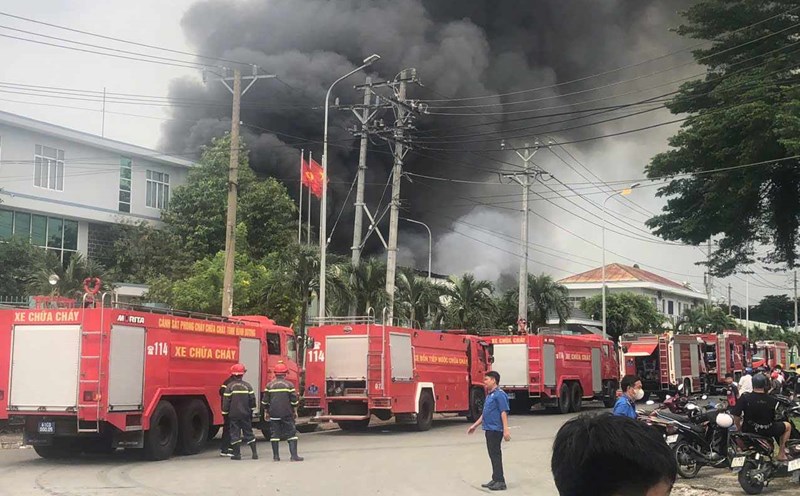Accordingly, the Department of Construction requires units to review, collect data, and synthesize land funds to install charging stations for vehicles using clean energy. At the same time, conduct surveys, collect and provide data on existing gasoline-powered cars, motorbikes and electric vehicles, to serve the conversion of vehicles. This is an important and urgent task, so it is recommended that wards and communes focus on implementation.
In the document sent to wards and communes, the Department of Construction stated a general principle when choosing the location to install charging stations, which is to prioritize the use of public land, vacant land or locations with available infrastructure such as public parking lots, headquarters, cultural houses, People's Committees of wards, communes, stadiums, shopping centers, bus shelters, parks, etc.
Representatives of some localities said that immediately after receiving the document from the Department of Construction, they deployed it to residential groups to review suitable locations for installing charging stations. In addition, residential groups also conducted statistics on the number of motorbikes running on gasoline in households to have specific aggregated data.
Choosing a charging station location needs to meet actual needs, such as near densely populated areas, apartments, schools, markets, bus routes, or places with high demand for motorbikes and electric cars; prioritize near major roads and vehicle parking stops. The locations must have safe entrances and exits, not obstructing traffic; vehicle parking can be organized or combined with other public utilities.
The Hanoi Department of Construction also guides a number of suitable types of land to survey the construction of public charging stations, including: sidewalks, wide sidewalks, bus waiting areas, public parking lots; public works land such as People's Committee headquarters, cultural houses, community center, schools, hospitals; land for construction of technical infrastructure works such as areas with available power grids; land for construction of urban technical infrastructure auxiliary works.
In addition, it is possible to take advantage of land for parking lots and urban services such as planned or exploited parking lots; land in commercial centers, service buildings, gas stations, tourist areas; interspersed land, public land that has not been put into operation...










